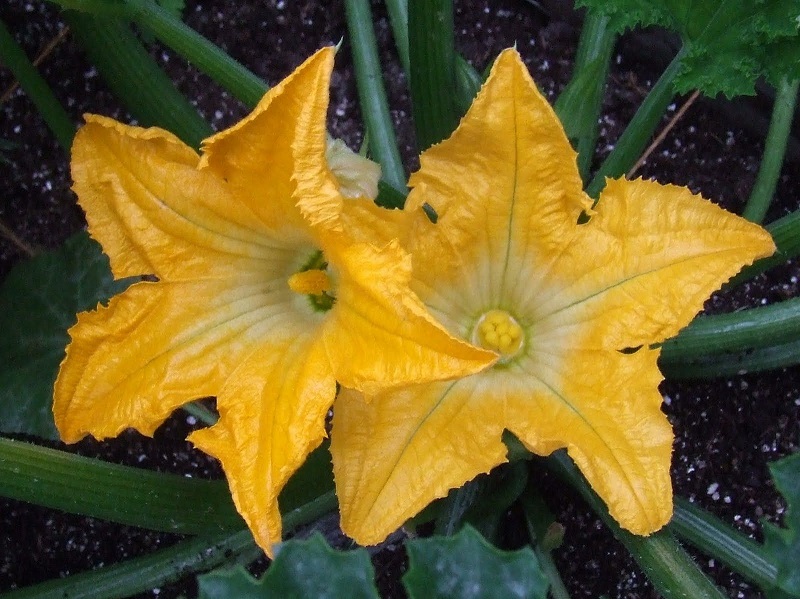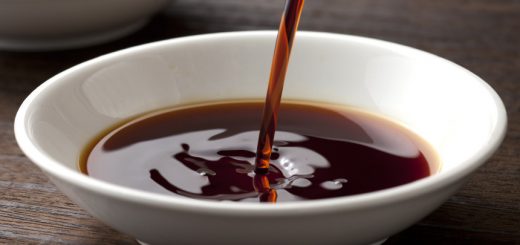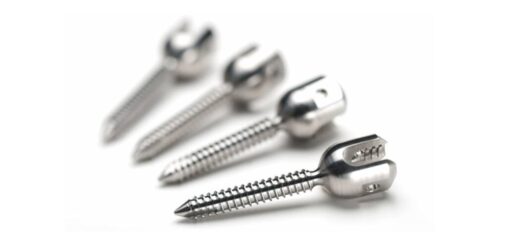Zucchini flowers: properties, benefits of it
Delicate and spectacular, courgette and courgette flowers are among the most typical vegetables of spring. Traditionally enhanced by full-bodied batters and golden fries, they are a real gastronomic delicacy. But that’s not all: rich in water, iron, and vitamin A, they are also excellent natural antioxidants. As well as precious allies for the well-being of skin and eyes. Let’s find out all the properties, benefits, and uses of these wonderful seasonal inflorescences.
Delicate and soft aroma, but persistent, the zucchini flowers and zucchini are among the very few flowers, along with those of the artichoke, to be eaten whole. Delicious, colorful, and very scenic, they are typically spring vegetables, available in a very short period, and it is possible to find them on market stalls attached to courgettes or collected in bunches.
Protagonists of our more traditional cuisine, in particular of the Ligurian, Campania, Roman, and Emilian cuisine. They are mainly tasted fried in batter. As an appetizer or component of mixed frying; excellent cooked in the oven and delicious with pasta, they go well with many different dishes, revealing all their versatility and gastronomic eclecticism. And not only: rich in water and low in calories – just 18 per 100 grams -, they are perfect for the seasons with milder temperatures, in which you want to eat something light, which does not weigh down digestion and figure, but which is at the same time. itself tasty and satisfying. Excellent source of vitamins and mineral salts, they boast a powerful antioxidant action.
Zucchini or courgette flowers?
These two terms indicate the inflorescences of plants belonging to the Cucurbitaceae family. Pumpkin species are very numerous but in Italy, they are mainly obtained from the moschata and maxima varieties; the latter, on the other hand, is derived from the Cucurbita pepo species. Both, once opened, have a star shape and an internal pistil.
So how do they differ? The courgette flowers are slightly smaller and are characterized by their elongated shape. A more orange color gradation, and a less pronounced aroma; The zucchini flowers, however, are larger, soft yellow tinge and a more pronounced scent (they are the best in recipes that call for a filling); the flavor, on the other hand, is very similar and difficult to distinguish.
The harvest takes place between May and July, and it is preferable that it takes place early in the morning, when the inflorescences are still well open and turgid. Both have separate reproduction organs, so there are male and female flowers: only the former are to be picked. The difference lies in the fact that the male ones are carried by a long peduncle, while the female ones are placed at the top of the fruit which is swelling.
Properties of courgette flowers
Their main feature is their exceptional water content, around 94 percent; this particular composition makes them vegetables with great diuretic and draining properties. Low in calories, just 18 per 100 grams, and carbohydrates, they can be safely consumed by those who follow a diet or by those who are simply attentive to the figure. When eaten raw or cooked lightly, they are also easily digested.
Good source of vitamins and mineral salts, they boast in particular a considerable amount of iron. That is 2 mg per 100 grams of edible product, calcium, and phosphorus. They also have a significant amount of vitamin C and especially A (252 mg): the latter plays a fundamental role in the health of skin, cell membranes, and eyesight. Thanks to the content of carotenoids, to which the characteristic yellow color is due. They also have a powerful antioxidant and anti-aging action.
Benefits
With good health properties, let’s discover together the great benefits of these delicate and versatile vegetables:
friends of the line: zucchini flowers, due to their low-calorie content, are widely used in more dietary kitchens. If tasted alone or cooked according to light and gentle cooking techniques. They are perfect vegetables for those on a diet or attentive to the waistline. The presence of fibers also increases the sense of satiety, delaying the stimulation of appetite;
diuretics: being mainly composed of water, they perform a very high draining and purifying action, favoring renal function. This characteristic makes them particularly suitable for the season in which they are available. That is spring, a moment dedicated to the elimination of winter waste and toxins, and therefore to beneficial cell renewal;
good antioxidants: the presence of vitamin C makes them an excellent concentrate of natural antioxidants; a considerable amount of iron. That is 2 mg per 100 grams of flowers, allows to keep the immune system healthy and strong;
digestible: being very light, they do not tire the digestive activity of the stomach. As long as they are not eaten fried or cooked in rather rich and laborious sauces. The excellent water content makes them valid allies in case of constipation;
top skin and eyes: courgette flowers contain a significant amount of vitamin A, which plays a protective role against the skin, cell membranes, and vision. Thanks to the carotenoid content, they perform a powerful antioxidant and anti-aging action;
healthy bones: the presence of calcium (39 mg per 100 grams) is important for the health of the skeletal system and teeth.
How are they chosen?
Freshness is judged by the integrity of the shape: the flower must be swollen and firm, with the edges well stretched and without curls; the glass just opened and the vivid and brilliant color How can they be cleaned? Given their delicacy, it is preferable to moisten a sheet of absorbent kitchen paper with a little water and gently wipe the outer petals. They must then be opened slightly to make sure there are no insects outside.















